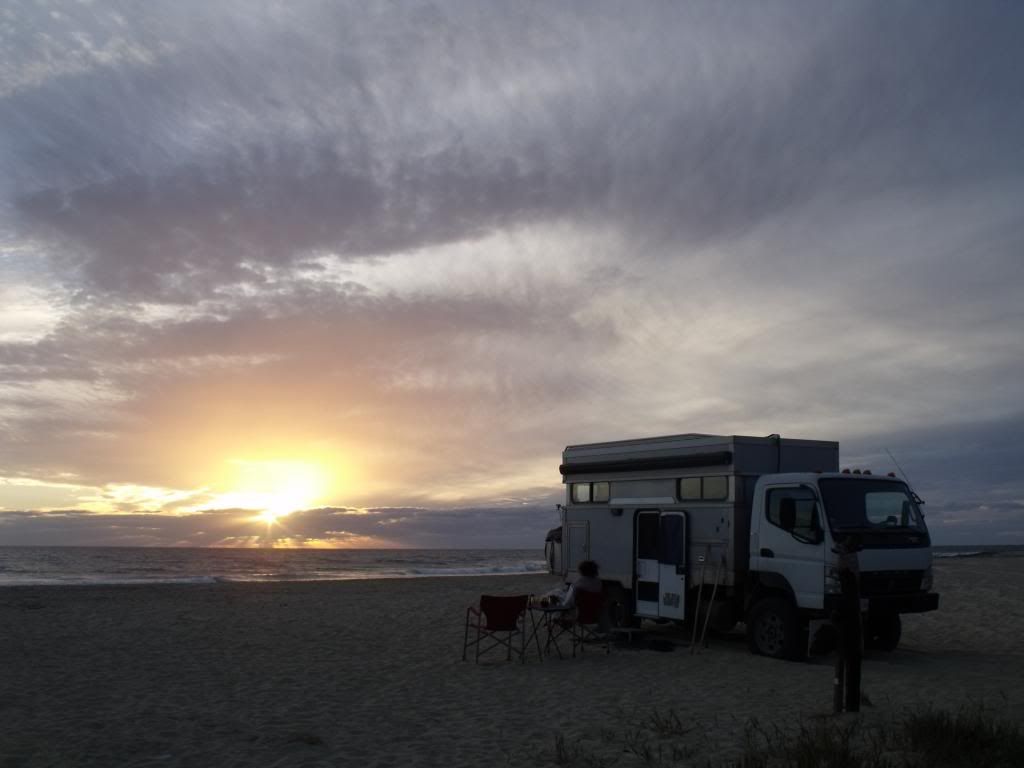whatcharterboat
Supporting Sponsor, Overland Certified OC0018
I am not sure why you say you can't air these tires down? They can't be aired down as effectively as a 35" tire on a 16" rim but they can be aired down. In sand or rough conditions I air my XDE2+ down to 22-24 psi front and 28-30 psi rears and that makes a for a much improved ride on both sand and rock.
Just to reinforce Yves statement above.
We recently did some training for one of our rural fire services to instruct them on the use of 19.5s in soft sand. Purposely getting bogged, airing down to around 20psi, recovery, etc. .....and then we really, really pushed the trucks hard and fast into sand berms trying to pop a bead. If they were going to pop off at that low PSI then they would have. At 20 psi to 25 psi they bag out well with this size truck and get you just about anywhere you need to go in soft sand.
Some of the commercial beach buses have been running the 19.5"s in preference to the "baggy" 16"s for the last 5 years. Obviously they will not air down as well as a 37" x 16" tyre but the pros have found that the issues of punctures and sidewall damage are all but eliminated with the stronger tyres. This is the scenario I would prefer in an expedition truck in remote country.
Last edited:

